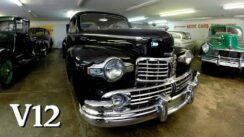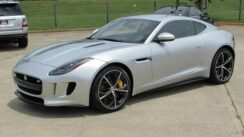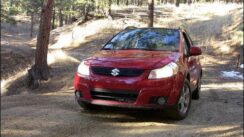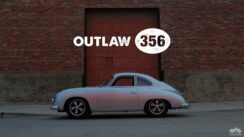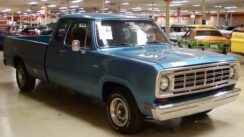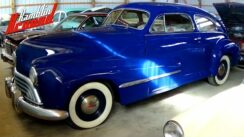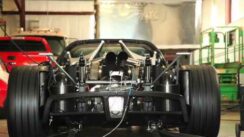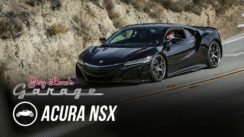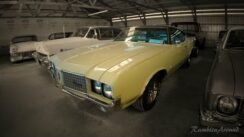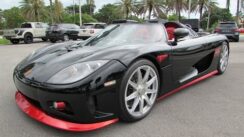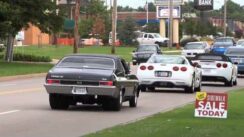Bad Automotive Ideas, Designs & Features

Everyone makes mistakes. Especially car designers, engineers, and corporate bean counters. Usually mistakes are made when trying a new daring design, or following a trend, or trying to get ahead of advanced safety technology. Unfortunately for them, when these mistakes hit the production line, they become infamous advertisements for the next few decades, showing off terrible ideas or poor execution. Here’s a few ideas that seemed good at the time, but looking back… not so much.
Fender skirts
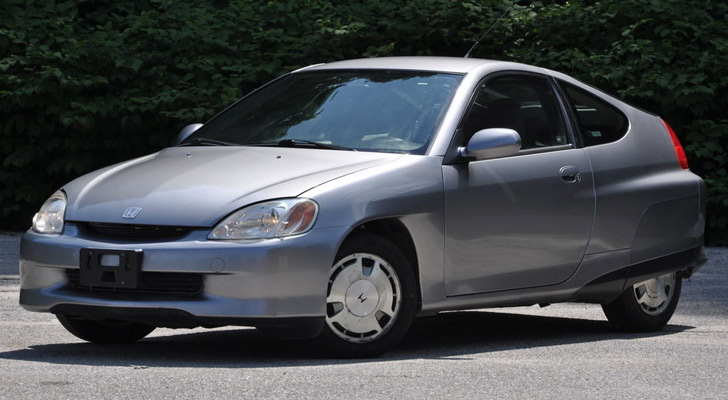
Initially, fender skirts were an aero piece designed for better airflow around the rear wheel on 1930s land speed racers. This cool bit of history doesn’t excuse their inclusion in the design of early ‘90s GM full-size cars like the Chevy Caprice, Cadillac Fleetwood and Olds Ninety-Eight. These cars had zero sporting pretensions and their 160 horsepower 5.0L V8s knew it. By 2000 the fellas at Honda evidently hadn’t got the message that fender skirts are gross and dressed their new Insight hybrid with them. Although they removed them in the generation’s design. The fender skirts were a heritage cue that no one cared about and everyone made fun of, and they were quickly removed.
Alcoholism in a glovebox
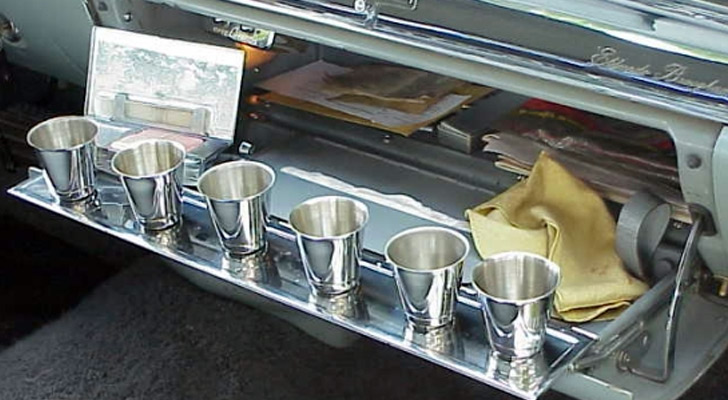
Drinking and driving wasn’t always seen as a stupid choice. The 1957 Cadillac Eldorado Brougham was a gorgeous machine of excess, designed by Harley Earl to showcase the pinnacle of what GM could build. It also highlighted the lifestyle of the ‘50s, including a set of stainless lowball glasses on a tray in the glovebox. There were plenty for everyone onboard, including the driver. You know, for when your happy hour is on the road.
Probe to replace Mustang
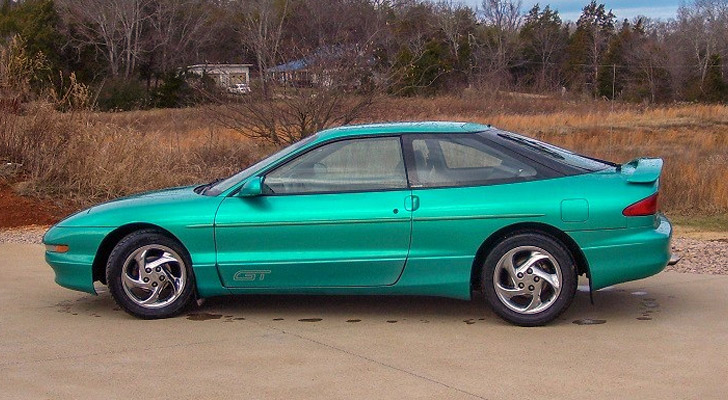
This one goes in the “LOL, wut?” file. Way back in the ‘80s, sport coupes were the hot new thing, and selling better than traditional carbureted V8 pony cars. Ford execs thought the best thing to do to keep up with the sales trend was to cancel the old fashioned Mustang in favor of a new front-wheel drive four cylinder model called the Probe. Seriously, I don’t get it either. Fortunately, it didn’t happen, as by the end of the ‘80s, the fuel injected Mustang was selling well, and the sport coupe market was drying up.
Bustle back
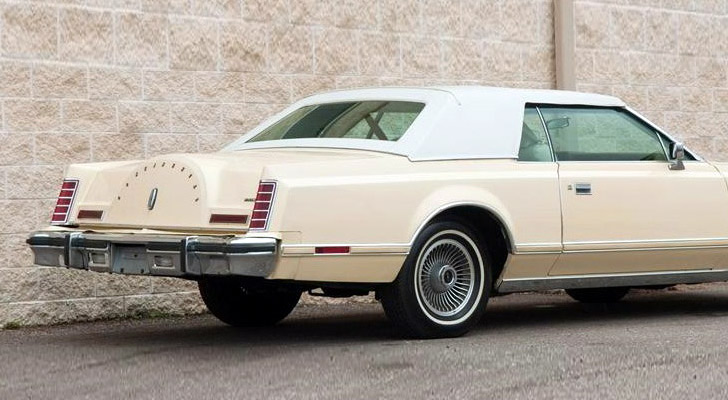
Gross. In order to think this was a good idea at the time, you have to understand the sorry state of American car design in the late ‘70s. Large, poor quality, and out of touch with what buyers wanted, Detroit was looking for an edge to show they still had it. The bustle back was their answer, introduced on the 1980 Cadillac Seville. Rather than the usual box trunk, the small and strange growth looks like an afterthought to a designer that really had something against storage space. Thankfully, this one only made it to the mid ‘80s, and didn’t come back with the recent retro trend.
Scion
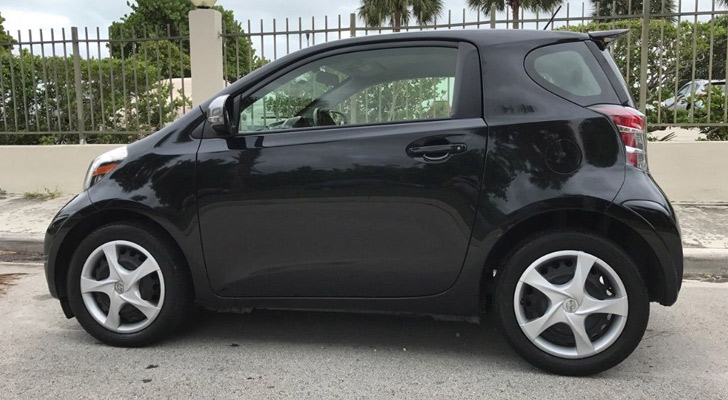
At times, it seems Toyota can do no wrong with the buying public. With Toyota facing a Buick-like problem of older buyers, a sub-brand aiming at a more youthful market was launched in 2003. Famous for viral marketing and weirdly colorful commercials, Scion was a hit out of the box with vehicles like the tC and xB. Advertising can’t do everything though, and word got around that cool Scions were really just Toyota’s foreign coupes and hatches with a different badge. Underpowered and not fun to drive (except FR-S is decently fun), the sales crashed, and Toyota canned Scion in 2016.
Run-flat tires on Corvette
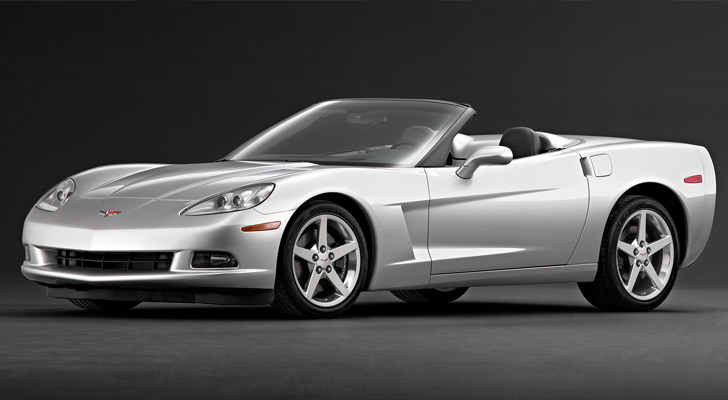
Run flat tires make sense on some commuter vehicles. They can take a puncture, and due to a stiff sidewall design, get the driver to a tire shop even on zero air. Cool idea for a commuter, but the stiff sidewall makes for a massively heavy design. GM engineers thought run-flats could eliminate need for a spare tire, thus saving weight, but the crappy tires hobbled Corvette performance for years. Decent non run-flats are the performance mod every ‘vette owner should do first.
T-56 CAGS
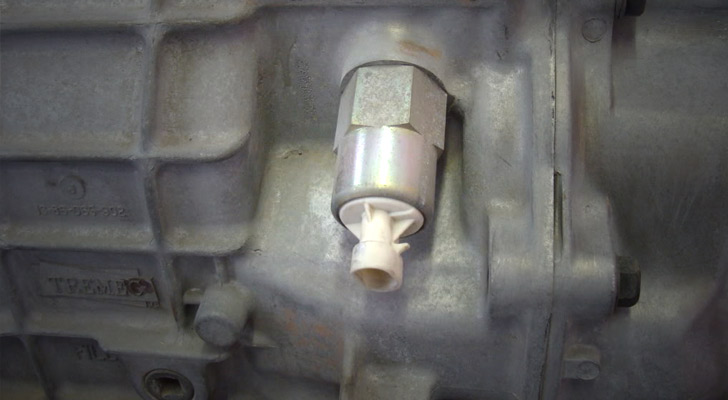
Man, the Corvette shows up on this list a lot. It’s a great car when GM gets it right, but they have tried their best to water it down with ideas that initially seemed good on paper. CAGS is one of those. “Computer Aided Gear Selection” was a feature on 6-speed manuals from the ’93 Camaro to the ’09 GT GXP, and several generations of Corvette. Under normal driving, a solenoid forces the driver to shift from first to fourth gear, resulting in improved gas mileage, but also less fun. Sounds like they should have called it “Assisted Shift Sequencing Hydraulic Actuated Transmission System.” If ya know what I mean….
Automatic seatbelts
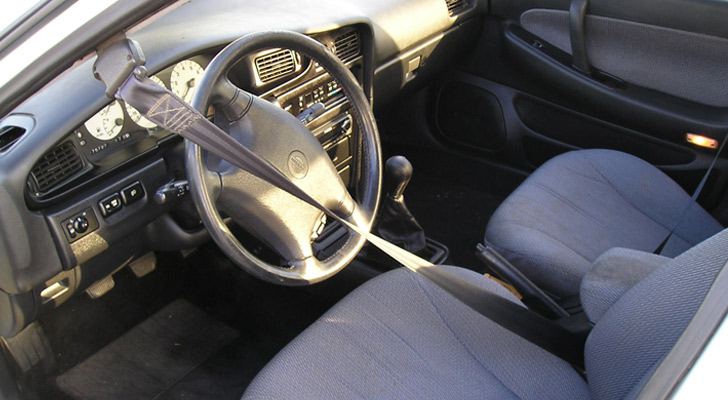
Airbags weren’t quite ready for the prime time in the ‘70s, yet the NHTSA and insurance companies were demanding safer, more survivable vehicles. The answer the manufactures came up with was automatic seatbelts; effective and cheap, and massively irritating. Unbuckled drivers are far more likely to be injured or killed in an accident, so this system did not give drivers the option of “forgetting” their seatbelt. An automatic belt running along a track is more likely to bump you in the head, or try and choke you than to securely strap you in. Forget it. Even if it’s a rare classic selling for a great price, automatic seatbelts make it a deal breaker.
4-wheel steering on GM trucks
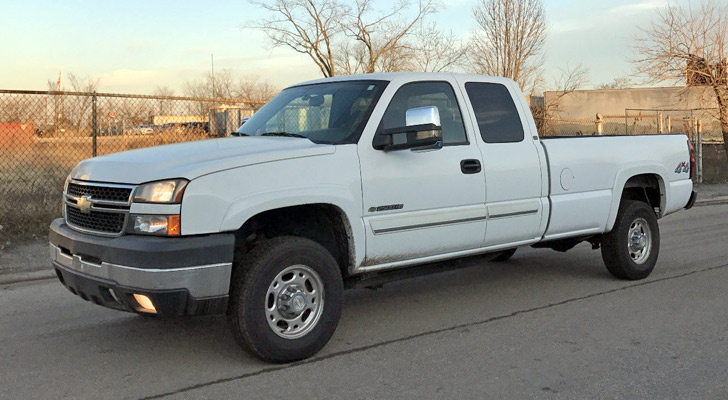
Four-wheel steering has been played with by many manufacturers over the years. While it seems like cool tech that can have some practical real-world uses, it fell on its face in the Honda Prelude and Mitsubishi 3000GT. With its stellar history with experimental tech, GM decided to offer it in their 2003 full-size trucks. Quadrasteer found its way onto 5,500 trucks in 2004, which isn’t bad until you consider that GM sold nearly 900,000 full-size trucks that year. Initially $5,700, rebates made it essentially a no-cost option before it left the market in 2005. If you have one, don’t wreck it. The slightest rear accident damages the suspension so much that the truck is totaled. If you’ve got to have 4 wheel steer, then steer clear of the GM trucks. If you can, spring for a late model 911 as the boys in Stuttgart finally perfected how 4 wheel steering should be.
Power antennas
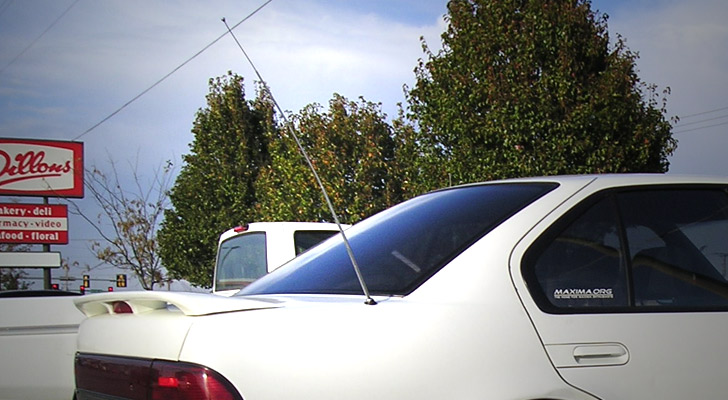
The power antenna was a “convenience feature” found on many cars in the last half of the 20th century. Rather than hanging out all the time like a useless chrome stick, power antennas retracted into the vehicle body, leaving no trace that your snazzy car was equipped with an AM radio. I’m not sure what the point was here. Was antenna theft common? Were they often damaged while the car was not moving? The extra complexity came with a price, as the motorized devices were prone to failure, and inconveniently located for repairs. The current shark fin antenna design is a little goofy too, but still miles ahead of power antennas.
GMC Envoy XUV
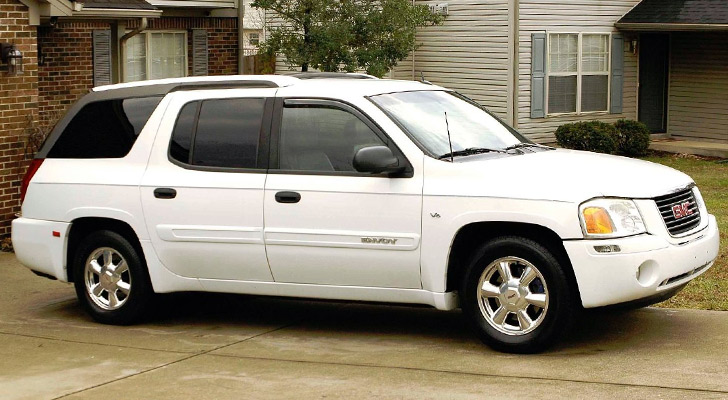
GM likes to make some weird vehicles, or weird options on fairly normal vehicles. The Envoy was a boring and pricier version of the Chevy Trailblazer, but had an option the Chevy did not. A “MidGate” package enabled the rear cargo section to be separated from the passenger seating, while the retractable roof allowed larger sized cargo. Cool idea, until you consider that a full size truck is cheaper. And so was the Chevy Avalanche, without the inconvenient rear side windows. Unsurprisingly, no one bought these.
Opti-Spark distributor
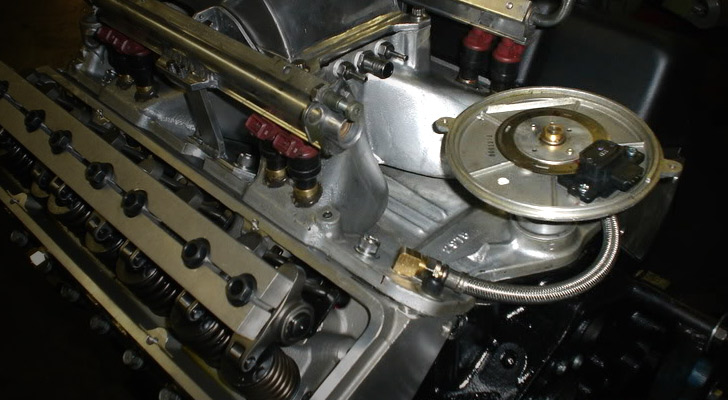
In the early ‘90s, GM decided it was time to update the ol’ SBC with some new tech. Replacing the old HEI distributor at the rear was the new Opti-Spark optical ignition mounted on the front of the engine. A laser and “eye” system keep track of crank rotation, and fire ignition timing accordingly. Cool idea, except they stuffed it underneath the water pump. I’ll let that sink in a second. Fifty thousand miles are about all you can expect out of this expensive part, and you don’t get to ever power wash your engine either.
Maybach revival
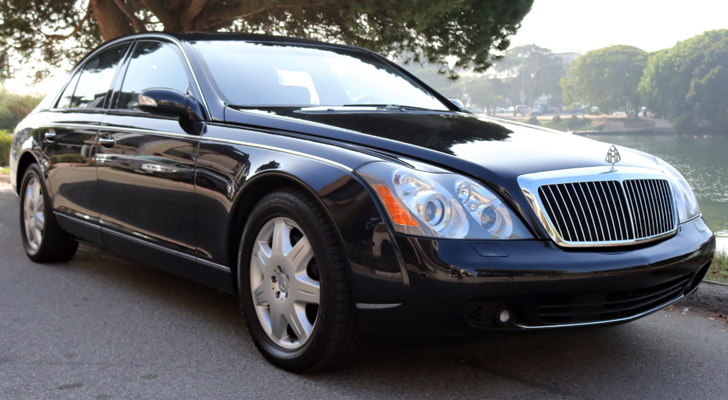
Everyone gets it wrong once in a while, even the Germans. In the late ‘90s, Mercedes decided to take on mega-luxury manufacturers by reviving the old Maybach brand. An interesting idea, but the execution was sloppy. The dated S-Class chassis received a long and tall body that was oddly bland. The luxury was impressive, and each version offered a far superior ride to any “lowly” Mercedes. However, no one outside German knew much about the marque, and with no heritage cues, and worse driving dynamics than the competition, MB folded Maybach in 2012. The current Mercedes-Maybach S600 is a much better approach, although we still wish it came with a Maybach emblem out front rather than a 3-pointed star.
Split window Corvette
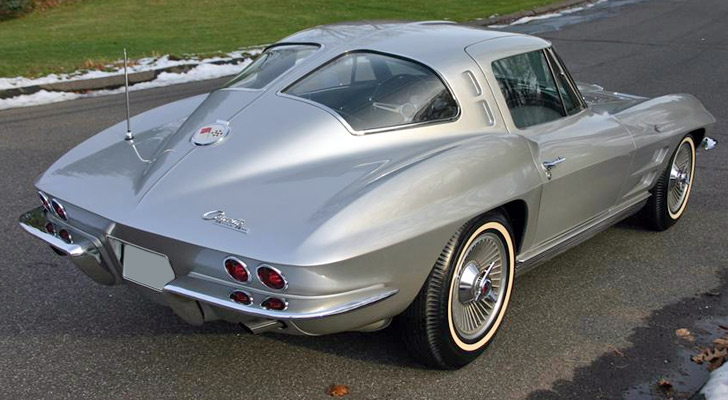
We’re going to earn some haters today. Yes, the 1963 split-window ‘vette is one of the most cherished and expensive of Chevy’s classics, but that doesn’t mean it was a success at the time. The bar running between the dual rear windows needlessly limits visibility, and many car guys agree that it kinda looks weird relative to the fluid one piece. Buyers at the time thought so too, and Chevy had to quickly modify the car’s design for 1964 with a one-piece rear window. Sales picked up, because it looked better. While the slit-window is a massive collector’s item today, take a quick look at the recent Stingray Concept for an idea of how goofy it would look now.
Down-market Civic
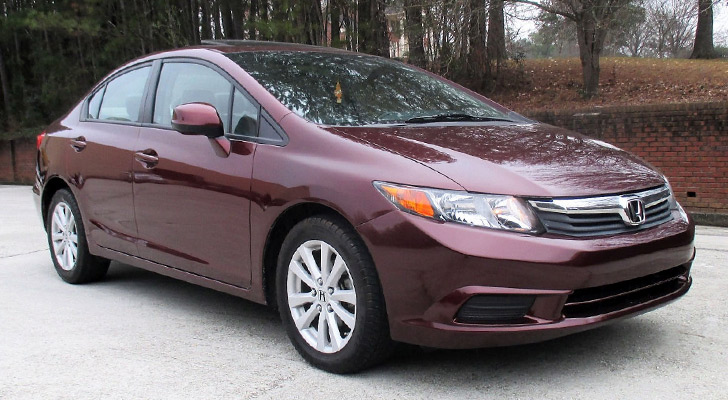
Most Civics are great commuter cars in everyday situations. That can change quickly when Honda brass gets ideas about what consumers want. When the 2008 recession hit the automotive industry hard, Honda thought car buyers would want reliability and gas mileage in their new cars, even at the cost of luxury and tech. The 2012 Civic moved down-market to join the Corolla in blandness and a numb driving experience, with a no-cost terrible interior. Critics hated it, sales fell, and Honda rushed out an early mid-cycle refresh in 2013.
There’s automotive hits and misses every year, but oddly, it seems like we can remember the bad ideas more often than the good ones. We know there’s a few more out there. What bad automotive ideas or options have annoyed you over the years?





































